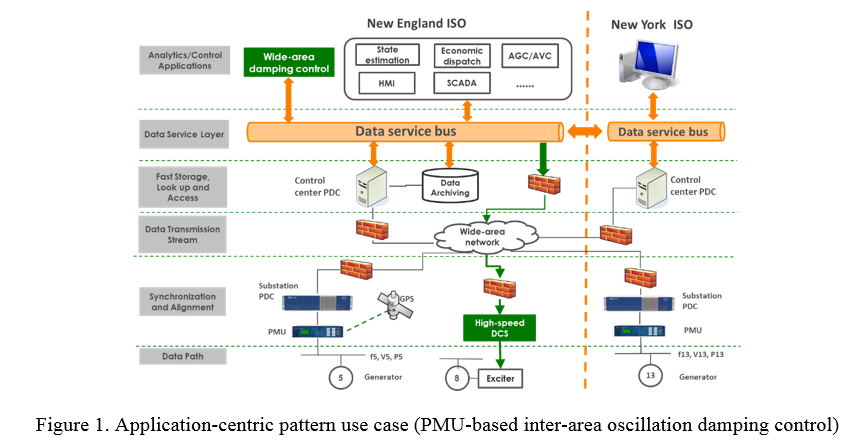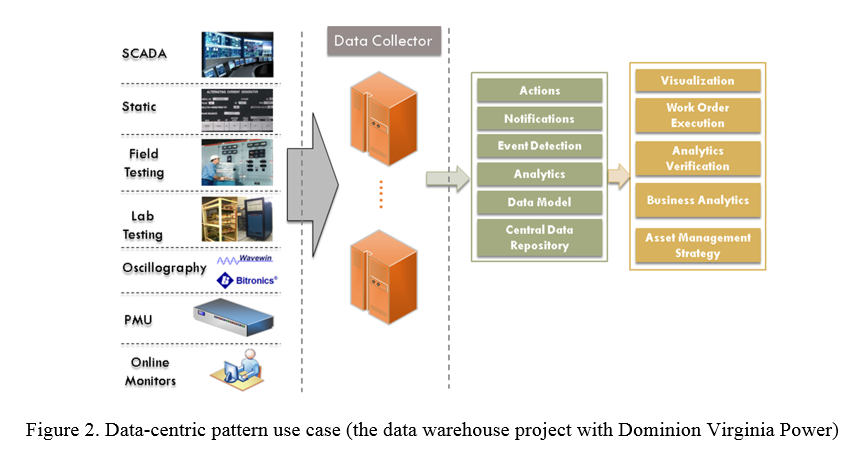

This research focuses on the data architecture of the power grid. The data considered in this project covers the information required for future power grid operation across different aspects, including data from PMUs, SCADA, grid models, parameters, smart meters and distributed sensors, protection devices, fault recorders, assert condition monitors, business information, environmental sensors and other data sources. A major task of this project is designing some architectures that can organize and utilize these data efficiently to satisfy the requirements of future power grids. By demonstrating the value of the use cases that are implemented on the data model and system deployment specified in new architectures, we can verify and quantify the advantages of novel architectures. The analysis results and methods in this project can serve as a reference for future power grid data architecture design.
Two typical patterns exist in designing data architecture: the application-centric (top-down) method and the data-centric (bottom-up) method. In this project, two typical use cases corresponding to the two patterns are as follows:
The first use case is inter-area oscillation damping control utilizing PMU data as feedback. Based on wide-area real-time information, this closed-loop control paradigm has rigid data demands. To ensure performance, the application-centric pattern is applied in this use case. The effects of data quality and communication delay on control performance are quantitatively analyzed from an architectural perspective, providing a technical platform for designing and testing architectures in which data velocity and veracity are highly emphasized. (Figure 1 shows the functional diagram of this use case.)
The second use case is based on the bottom-up architecture design pattern. In many utility companies, the integration of different information systems is usually insufficient and the data in different systems exist as information silos. In this use case, the data from multiple conventional IT systems within a utility are integrated to a real-time database system (Figure 2). The enterprise-level data warehouse will improve the data consistency, visibility, and maneuverability, facilitating the development and implementation of advanced data applications such as wide-area real-time situation awareness and visualization.
References
[1] Farhangi, Hassan. "The path of the smart grid." Power and Energy Magazine, IEEE 8, no. 1 (2010): 18-28.
[2] Gungor, Vehbi Cagri, Dilan Sahin, Taskin Kocak, Salih Ergut, Concettina Buccella, Carlo Cecati, and Gerhard P. Hancke. "A survey on smart grid potential applications and communication requirements." Industrial Informatics, IEEE Transactions on 9, no. 1 (2013): 28-42.


